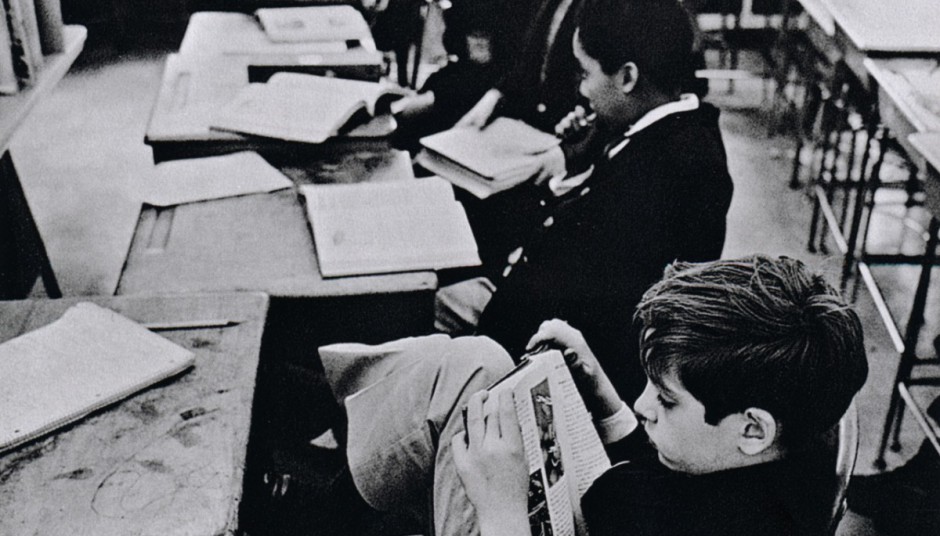I believe that Evans Walker had a different and interesting way of photographing peoples’ expression on the subway. It was definitely something different because you don’t often see someone taking photos of a person riding the subway. What I found interesting was the way he captured the photos of people. He didn’t hold out a camera but instead he hid it in his coat. By doing this, he was able to capture peoples’ real expression. I believe that if he took out his camera, peoples’ expression would change to something different. This may cause them to be startled. Some may lighten up and smile, some may be angry for having their photo taken, and some may not care at all. I am a constant train rider because it gets me to where I need to be faster than being stuck in traffic or on a bus. In these photos you see people drifting off, thinking about something, looking off to the side to avoid making eye contact with someone else, mothers holding their kids close to them, some with blank expressions, some making conversation with their friend or family member, etc. The only difference compared to today would be people having earphones in listening to music, some texting or playing games on their phone, and/or seeing others dancing and singing on the subway. Therefore, there are more similarities than differences compared to both these eras. I am one of those people who either listen to music and ignore everything around me, someone who looks off to the side and avoid eye contact, someone who often drifts off to my thoughts, or on my phone checking social media or answering messages. When it comes to riding the subway, people will always be the same just as these photos have shown us.
Contact Information
Professor Sandra Cheng
Office: Namm 602B
Office Hours: Mon 10-11 am, Tu/Th 9-10 am or
by appointment
Office Tel: 718-260-5003
Email: scheng@citytech.cuny.edu New York Times Arts
New York Times Arts-
Recent Posts
Recent Comments
- Leidy on Homework #3: Robert Capa’s Death of a Loyalist Soldier
- Djane96 on Homework #2: Walker Evans’ Subway Portraits
- Djane96 on Homework #3: Robert Capa’s Death of a Loyalist Soldier
- Kelly-Ann on Henry Gomez Homework #3: Robert Capa’s Death of a Loyalist Soldier
- Billy on Homework #3: Robert Capa’s Death of a Loyalist Soldier
Archives
Categories
Meta




I agree with you Connie and I didn’t think about this. Now throughout the subways people are either reading, listening to music, on the phone, playing games, etc. Back then none of these sources were available for people to use so photographs like these were candid. I am also one with headphones in listening to music, reading and blocking out the world. people don’t like to be bothered especially when they are taking the subway. it is more so a way of relaxation and a time to get away from the world.
I agree with Connie that taking candid photos capture a person’s real expression instead of faking it when a camera is out. There are many people with different expressions during a train ride because of the things they think about. I also agree that now, people are just either on their phone, sleeping, or listening to music during a train ride. You will no longer see their expressions like in the past because in the past, they didn’t have all those things like us now to use during a ride.
I completely agree with you. His covert way of photography definitely brought on a different view of the subjects. They are at ease and aren’t putting on their “best smile” just for the camera. It is very much candid and I believe that is what makes the gallery a distinctive and special one in its own right.
I agree with you, It was very clever of how Evans took photos of people, with the camera inside his coat. Just snapping a photo of a stranger, with that person knowing, would make that person uncomfortable and awkward. He did a great job capturing that natural expression. It would be interesting to see how he would have captured todays riders.